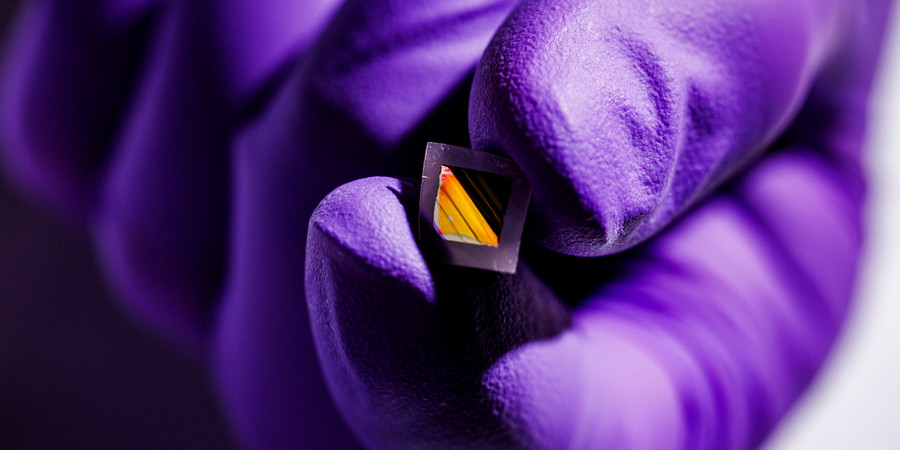July 16, 2024
It is estimated that about 70 percent of the energy generated worldwide ends up as waste heat.
If scientists could better predict how heat moves through semiconductors and insulators, they could design more efficient power generation systems. However, the thermal properties of materials can be exceedingly difficult to model.
The trouble comes from phonons, which are subatomic particles that carry heat. Some of a material’s thermal properties depend on a measurement called the phonon dispersion relation, which can be incredibly hard to obtain, let alone utilize in the design of a system.
A team of researchers from MIT and elsewhere tackled this challenge by rethinking the problem from the ground up. The result of their work is a new machine-learning framework that can predict phonon dispersion relations up to 1,000 times faster than other AI-based techniques, with comparable or even better accuracy. Compared to more traditional, non-AI-based approaches, it could be 1 million times faster.
Complete article from MIT News.
Explore
III-Nitride Ferroelectrics for Integrated Low-Power and Extreme-Environment Memory
Monday, May 5, 2025 | 4:00 - 5:00pm ET
Hybrid
Zoom & MIT Campus
New Electronic “skin” could Enable Lightweight Night-vision Glasses
Jennifer Chu | MIT News
MIT engineers developed ultrathin electronic films that sense heat and other signals, and could reduce the bulk of conventional goggles and scopes.
MIT Engineers Print Synthetic “Metamaterials” that are Both Strong and Stretchy
Jennifer Chu | MIT News
A new method could enable stretchable ceramics, glass, and metals, for tear-proof textiles or stretchy semiconductors.




